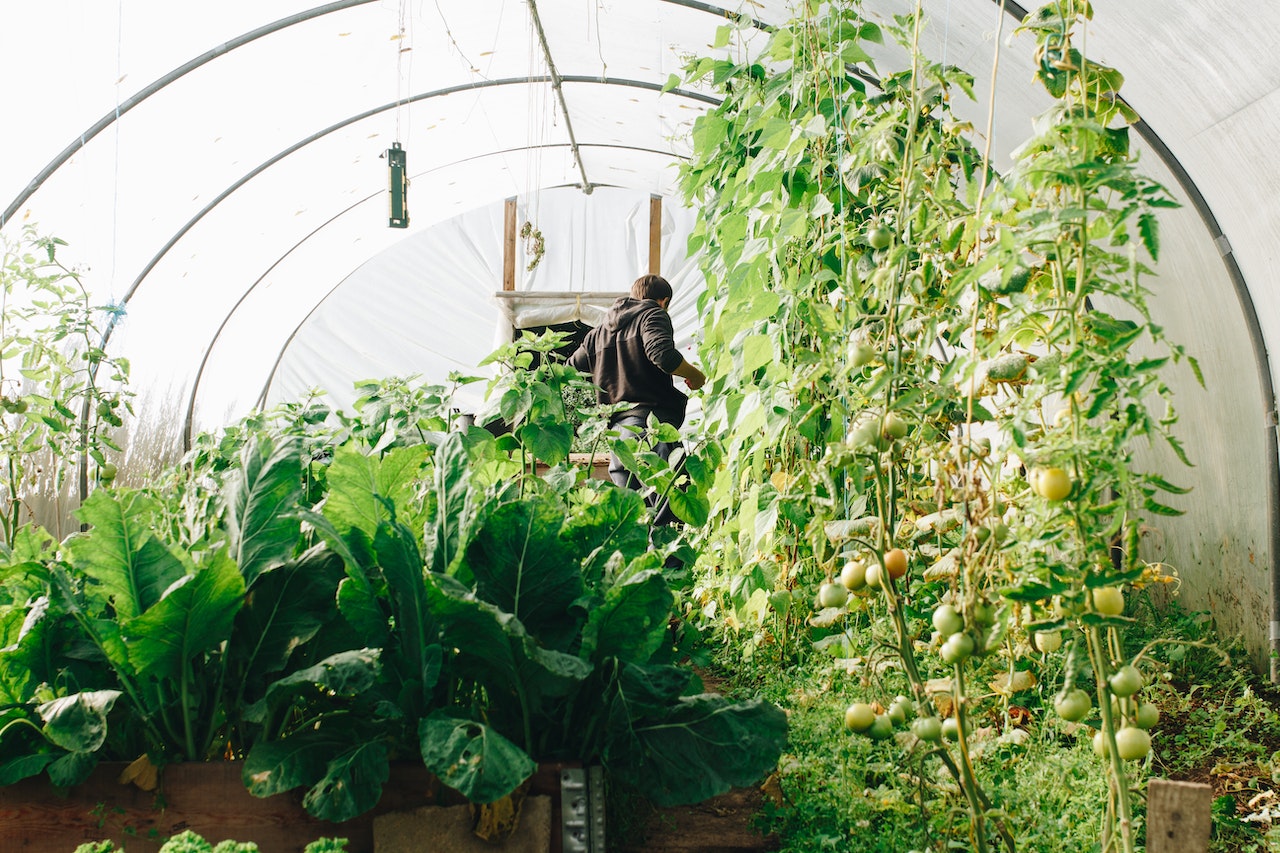Aquaponics Vs Hydroponics – Which One Is Best For You?

Aquaponics and hydroponics are two of the most popular methods of growing food in the world today. However, these are not the only options available to you. In fact, there are a lot of differences between the two types of systems, and choosing one over the other can be challenging. If you’re looking for a way to grow food in your garden, read on to find out more about the pros and cons of these two approaches.
Disadvantages of aquaponics over hydroponics
If you’re planning to grow crops on a small or urban farm, there are some key differences between aquaponics and hydroponics. One of the biggest differences is how the water is treated. In an aquaponics system, the waste water is used as a natural fertilizer, while in a hydroponic system, the waste water is filtered and then re-used.
Aquaponics is a type of gardening that uses fish to provide nutrients for plants. This process involves a series of microbial actions that convert ammonia from fish waste into nitrates, which are essential plant nutrients. The nitrates are then filtered back into the rearing tank.
While aquaponics is a good option for people who love working with animals, it may be a bit expensive to set up and maintain. A hydroponics system on the other hand, can be setup faster and requires fewer maintenance costs.
In both systems, it’s possible to produce fruits, vegetables, and even a few fish. The benefits of both types of growing methods include the ability to harvest food, reduce your carbon footprint, and teach your kids about nature.
pH is an essential aspect of both systems
Hydroponic and aquaponics systems require pH control to ensure the health of the plants. Having the proper pH level is essential for efficient uptake of nutrients. This is why hydroponic growers need to test their pH levels on a regular basis.
While nutrient availability is usually determined by the pH of the water, other factors play an important role. Carbonates and inorganic matter are two factors that can affect pH levels in a hydroponics system.
The general pH range is 5.5 to 6.5. The exact pH is dependent on the type of cultivation. Most hobby oriented hydroponics systems are between these extremes. If the pH level is not adjusted regularly, it can cause problems.
It is also possible to have a pH problem due to a nutrient deficiency. For example, if the pH is below 5.0, there is a risk of a magnesium deficiency.
When it comes to aquaponics, the pH of the water should be maintained at a range of 7.0 to 8.0. Nitrosomonas and Nitrobacter bacteria perform best in this pH range. Nitrate (NO3) is produced by these bacteria. However, the nitrification process is also affected by the amount of dissolved oxygen in the water.
Cost of both systems
Aquaponics and hydroponics are two growing methods that can produce high yields and higher quality crops than traditional methods. They both can be set up indoors or in greenhouses. However, each has its own costs, and you need to weigh your choices to determine which is the most efficient.
Aquaponics is a technique of growing plants in nutrient-dense water. This water is supplied to plants via fish waste and beneficial bacteria. The waste from the fish is broken down by the beneficial bacteria into nitrates, which are a primary plant nitrogen source.
Hydroponics, on the other hand, is a method of supplying plants with chemical nutrients. These are typically mined mineral salts. In addition to using water, these systems require grow lights, fans, and water pumps.
The initial costs of a hydroponic system are significantly greater than those of an aquaponic system. In addition, the equipment is much larger and requires a larger space to work.
Conclusion
If you have been thinking about getting into the hobby of hydroponics or aquaponics, it may be a good idea to take a look at the differences between the two. These systems are both popular, but one has advantages over the other.
Aquaponics is a farming system that uses fish waste as nutrients to grow plants. It requires minimal intervention. This makes it a great learning tool for children. In addition, it can provide a sustainable food source.
On the other hand, hydroponics uses chemical fertilizers to water plants. It also requires periodic regeneration of the aquatic solution. There is a risk of water-borne diseases in hydroponics, which is not true with aquaponics.
The biggest difference between aquaponics and hydroponics is the nutrient sources. With aquaponics, the only thing in the water is fish waste. However, in hydroponics, the nutrient sources include salts, minerals, and other chemicals.
Hydroponics does not allow for the natural cycle of plant growth, which is why it is more susceptible to disease. Also, insects, thrips, and spider mites can cause problems in hydroponics.